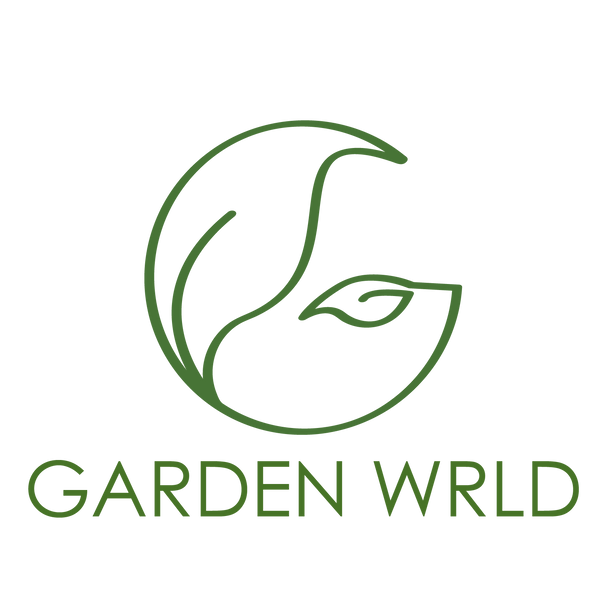
Troubleshooting Lighting Issues for Houseplants: A Comprehensive Guide
يشارك
Proper lighting is crucial for the health and growth of houseplants. However, lighting issues are a common problem that many indoor gardeners face. This guide will help you identify and troubleshoot common lighting issues to ensure your houseplants thrive.
Table of Contents
- Identifying Lighting Issues
- Types of Lighting
- Common Lighting Problems
- Solutions for Insufficient Light
- Solutions for Excessive Light
- Choosing the Right Lighting for Your Plants
- FAQs
Identifying Lighting Issues
Houseplants can exhibit several signs indicating they are not receiving the proper amount of light. Here are some common symptoms to look out for:
- Leggy Growth: Stems grow long and spindly, with large gaps between leaves.
- Leaf Discoloration: Leaves may turn yellow, pale, or even white.
- Stunted Growth: Plants stop growing or grow very slowly.
- Leaf Drop: Plants may shed leaves more frequently than usual.
- Sunburn: Brown, crispy edges or spots on leaves indicate too much direct sunlight.
Types of Lighting
Understanding the different types of lighting is essential for troubleshooting. Here are the primary light sources for houseplants:
- Natural Light: Sunlight from windows. The intensity and duration vary based on the direction and size of the windows.
- Artificial Light: Includes fluorescent, LED, and incandescent lights. These can supplement or replace natural light.
Common Lighting Problems
1. Insufficient Light
- Symptoms: Leggy growth, pale leaves, slow growth.
- Causes: Placement too far from windows, small or obstructed windows, short daylight hours.
2. Excessive Light
- Symptoms: Sunburn (brown spots), wilted leaves, dry soil.
- Causes: Direct sunlight through south-facing windows, intense artificial lights too close to plants.
Solutions for Insufficient Light
1. Relocate Plants
Move plants closer to windows that receive more light. South-facing windows generally provide the most intense light, while east and west windows offer moderate light.
2. Use Reflective Surfaces
Place mirrors or reflective materials around your plants to increase light exposure.
3. Supplement with Artificial Lights
- Fluorescent Lights: Good for most plants, especially low-light varieties.
- LED Lights: Energy-efficient and can be customized to provide specific light spectrums.
- Incandescent Lights: Less efficient and can produce too much heat.
Solutions for Excessive Light
1. Filter the Light
Use sheer curtains or blinds to diffuse direct sunlight, reducing its intensity.
2. Move Plants
Relocate plants to areas with less intense light, such as north-facing windows or further away from light sources.
3. Adjust Artificial Lights
Increase the distance between the plants and the light source. Use timers to reduce the duration of exposure.
Choosing the Right Lighting for Your Plants
Different plants have varying light requirements. Here’s a quick guide to help you choose the right lighting:
- Low Light: Pothos, Snake Plant, ZZ Plant.
- Medium Light: Spider Plant, Peace Lily, Dracaena.
- High Light: Succulents, Cacti, Fiddle Leaf Fig.
FAQs
Q: How can I tell if my plant is getting too much light?
A: Look for signs like scorched leaves, which appear brown and crispy, or if the plant is wilting despite regular watering.
Q: What type of artificial light is best for houseplants?
A: LED lights are generally the best choice due to their energy efficiency and ability to provide a full spectrum of light.
Q: How far should grow lights be from my plants?
A: This depends on the light's intensity and type. Typically, fluorescent lights should be about 6-12 inches away, while LED lights can be 12-24 inches away.
Q: Can houseplants survive with only artificial light?
A: Yes, many houseplants can thrive under artificial lights if the correct spectrum and intensity are provided.
Q: How many hours of light do houseplants need?
A: Most houseplants need about 12-16 hours of light per day. This can vary based on the plant species and light source.
Conclusion
Proper lighting is essential for the health and growth of houseplants. By understanding the signs of lighting issues and how to address them, you can ensure your plants thrive. Remember to monitor your plants regularly and adjust their lighting conditions as needed.
